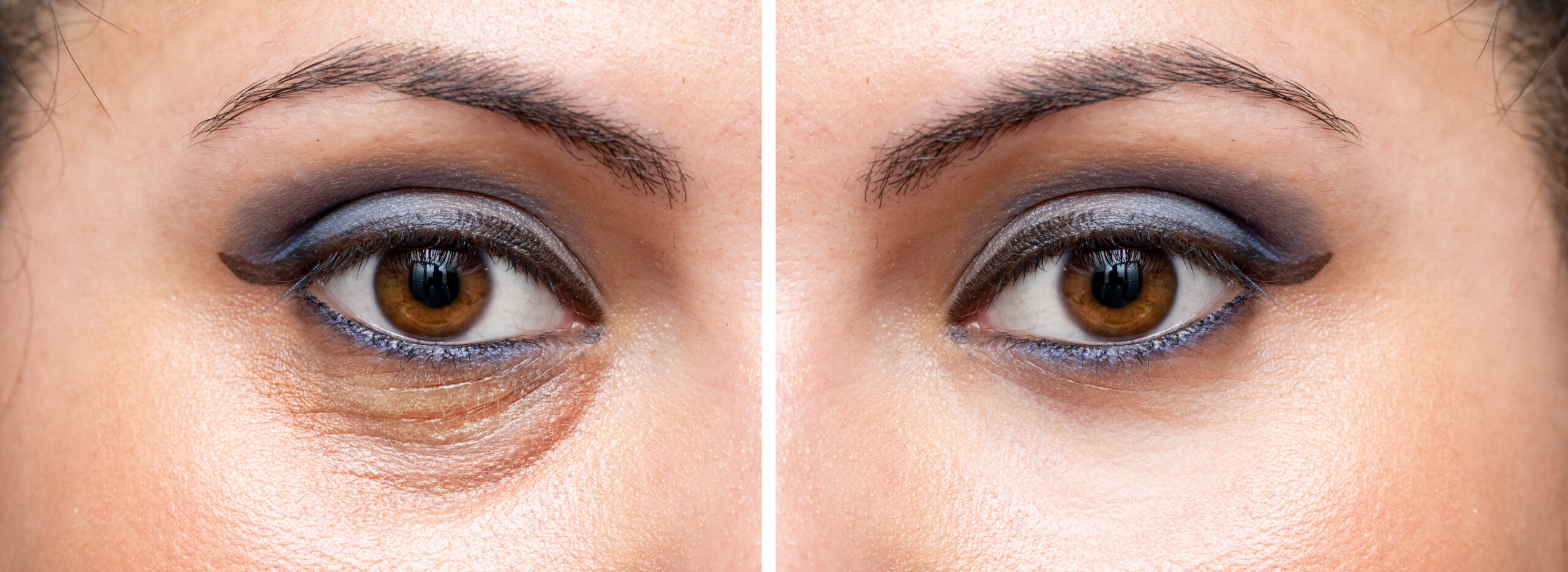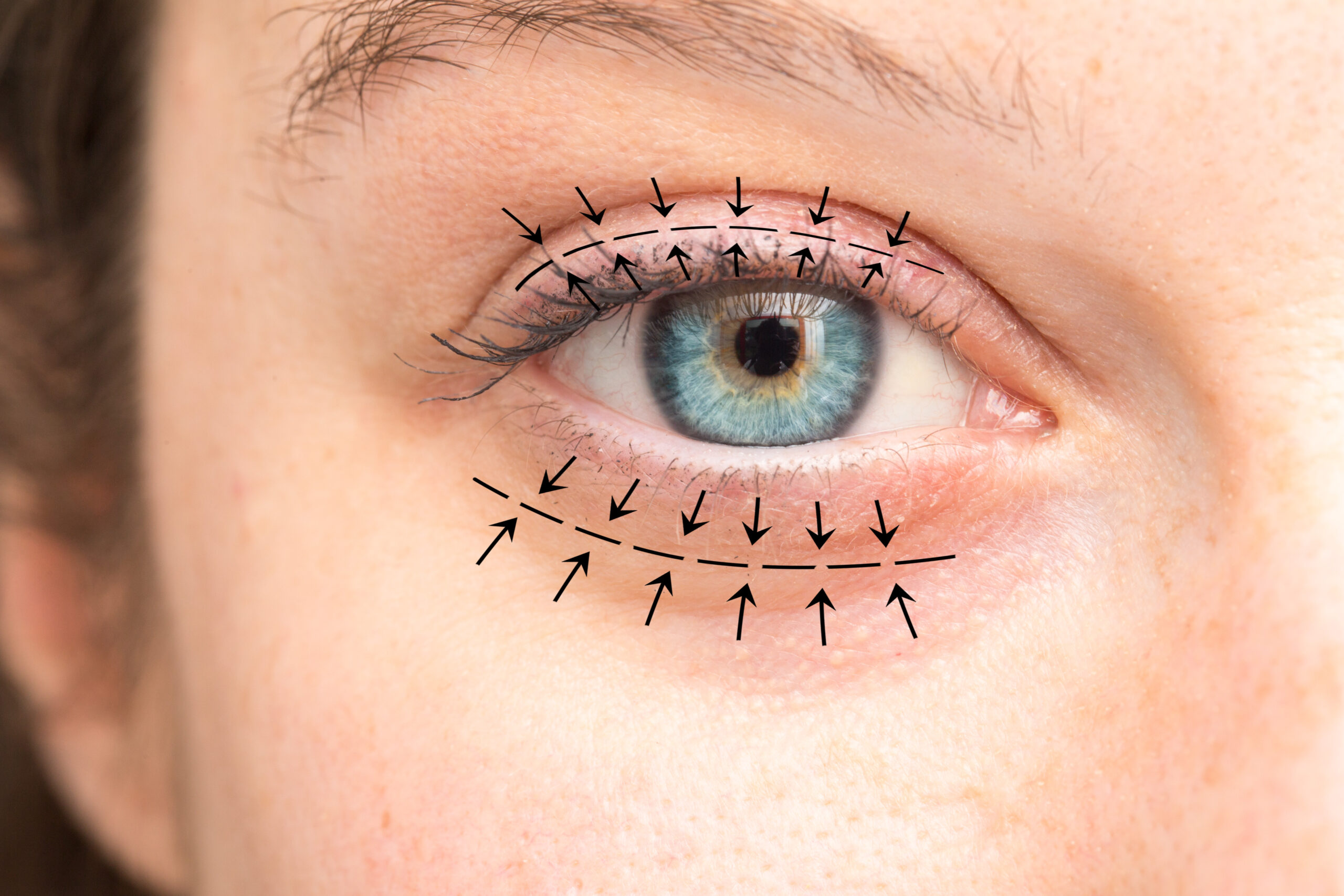Exploring the Dual Purpose of Oculoplastic Surgery

Understanding Oculoplastic Surgery for Cosmetic and Medical Applications
Oculoplastic surgery, often associated with cosmetic enhancements, encompasses a wide range of surgical procedures that address both aesthetic concerns and medical conditions affecting the eyelids, orbit (eye socket), and tear ducts. While many people may think of oculoplastic surgery solely in terms of cosmetic improvements, it’s essential to recognize its role in treating various medical conditions affecting the eyes and surrounding structures.
Understanding Oculoplastic Surgery
Oculoplastic surgery is a specialized field within ophthalmology that focuses on the delicate structures surrounding the eyes. Oculoplastic surgeons undergo extensive training to perform a wide range of surgical procedures, including eyelid surgery, orbital surgery, and tear duct surgery. These procedures aim to improve both the function and appearance of the eyes and surrounding tissues.
Medical Conditions Treated with Oculoplastic Surgery:
Contrary to popular belief, oculoplastic surgery is not limited to cosmetic enhancements. It also plays a crucial role in the treatment of various medical conditions, including:
- Eyelid Disorders: Oculoplastic surgeons can address eyelid conditions such as ptosis (drooping eyelids), entropion (inward-turning eyelids), ectropion (outward-turning eyelids), and eyelid tumors.
- Orbital Conditions: Oculoplastic surgery is used to treat orbital conditions such as orbital fractures, thyroid eye disease (Graves’ disease), orbital tumors, and orbital inflammation (orbital cellulitis).
- Tear Duct Disorders: Oculoplastic surgeons perform procedures to treat tear duct disorders such as blocked tear ducts (nasolacrimal duct obstruction) and excessive tearing (epiphora).
- Facial Trauma: Oculoplastic surgeons are trained to repair facial trauma affecting the eyelids, orbit, and surrounding structures, restoring both function and aesthetics.
Cosmetic Enhancements with Oculoplastic Surgery
In addition to treating medical conditions, oculoplastic surgery offers various cosmetic enhancements to improve the appearance of the eyes and surrounding areas. Common cosmetic procedures performed by oculoplastic surgeons include:
- Blepharoplasty: Eyelid surgery to remove excess skin, fat, and muscle from the upper or lower eyelids, rejuvenating the appearance of the eyes.
- Brow Lift: Surgery to elevate and reshape the eyebrows, reducing forehead wrinkles and restoring a more youthful appearance.
- Eyelid Ptosis Repair: Surgery to correct drooping eyelids and restore proper eyelid positioning, improving both vision and aesthetics.
- Orbital Decompression: Surgery to alleviate pressure on the eye socket caused by conditions such as thyroid eye disease, restoring normal eye alignment and appearance.
Importance of Seeking Expert Oculoplastic Care at SightMD
Oculoplastic surgery encompasses a diverse range of procedures that address both cosmetic concerns and medical conditions affecting the eyes and surrounding structures. While many people associate oculoplastic surgery with cosmetic enhancements, it’s important to recognize its broader role in treating various medical conditions that impact eye health and function. Whether you’re considering oculoplastic surgery for medical or cosmetic reasons, it’s crucial to seek care from an experienced oculoplastic surgeon. At SightMD, our team of board-certified ophthalmologists and oculoplastic surgeons has extensive experience in performing a wide range of oculoplastic procedures, ensuring safe and effective outcomes for our patients.
If you’re considering oculoplastic surgery or have questions about the procedures we offer, we encourage you to schedule an appointment with one of our skilled oculoplastic surgeons at SightMD. Let us help you achieve optimal eye health and restore confidence in your appearance.


